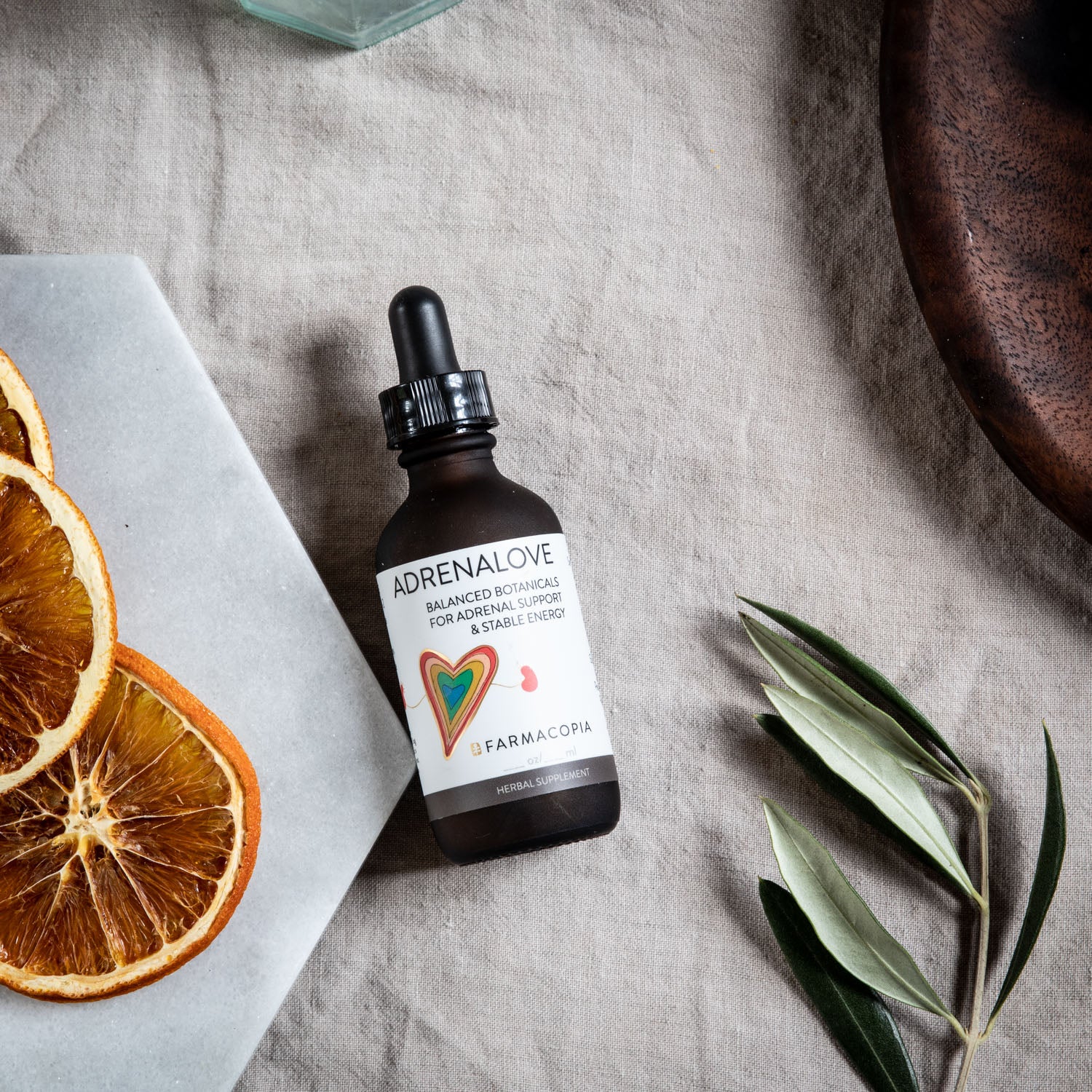 Author: Paige Doyle, CNC
Author: Paige Doyle, CNC
During my first sugar detox, I discovered a new reason to love spices - they really add a taste profile that satisfies your sweet cravings instead of sugar! Spices, such as cinnamon, fenugreek, turmeric, and ginger can give your brain the illusion that it's having something sweet without the blood sugar spike. In fact, the spices listed below have actually been proven to lower blood glucose levels. My favorite way to incorporate herbs and spices is into tea, and chai tea is the ultimate indulgence! If you're thinking about doing the 21-Day Sugar Detox, or if you simply want to boost your immune system this winter while adding flavor and excitement to your meals, read on and get creative with your spices!
Cinnamon: Cinnamon is one of the oldest spices known. The bark contains oils that are abundant in antioxidants and anti-inflammatory compounds. Polyphenols (potent anti-inflammatory compounds found in plants) are found in cinnamon. These polyphenols help reduce sugar cravings by controlling blood sugar levels, as well as minimizing insulin's response. Not to mention, the flavor of cinnamon creates a taste effect that makes you think you're eating something sweet. My favorite ways to use cinnamon: in gluten-free oats, chia pudding, granola, smoothies, Middle Eastern dishes and chai tea (see recipe below!).
Fenugreek: This beautiful herb is used in Ayurvedic and Chinese medicine to cool inflammation and metabolic disorders, helping with constipation and stomach upset. It's rich in minerals and antioxidants, making it a great addition to any kitchen pantry. Many studies have also shown that consuming fenugreek seeds can lower fasting blood glucose levels. Fenugreek has a somewhat bitter taste that diminishes when cooked. This herb tastes great in tea blends, as well as in Indian and Middle Eastern dishes.
Turmeric: Is a prized anti-inflammatory used extensively in Ayurvedic medicine. The well-studied active polyphenol found in turmeric, called curcumin, is shown to reverse insulin resistance and hyperglycemia. Curcumin is what gives turmeric its yellow pigment, and demonstrates significant anti-inflammatory activity - comparable to those of potent prescription and over-the-counter drugs. Curcumin's antioxidant actions repair cellular damage and heal the lining of the colon. I love incorporating turmeric powder into this amazingly simple and delicious turmeric paste recipe from Farmacopia to make golden milk. I'll also add turmeric to salmon, curries, and sauces, and fresh turmeric root in my chai tea.
Cloves: This flowering bud of the clove tree has blood sugar regulating and anti-inflammatory properties. The anti-inflammatory component quercetin is a flavonoid that's effective at treating seasonal allergies as well as shortening the length of colds. This powerful plant pigment plays a vital role in regulating the immune system's response to outside stressors (such as illness, lack of sleep, long work hours, and exposure to toxins). Eugenol is another antioxidant compound derived from cloves and also helps with inflammation as well as stomach upset. To utilize cloves, try adding them in tea spice blends, sauces, and stews.
Ginger: Considered a palate cleanser that helps fight the urge for something sweet. It boasts a taste that's fragrant, pungent, and hot. Ginger has long been known to alleviate gastrointestinal distress. This spice also stimulates digestion, helps detoxify your organs, and contains very potent anti-inflammatory compounds called gingerols. I love using ginger fresh when possible, as the taste is superior to dried and powdered ginger. Ginger is excellent in smoothies, tea, stir fries, and curries. It’s an absolute must in my chai recipe!
Cayenne pepper: This red pepper can actually vary in color from purple to orange. Varieties can range from moderate to very spicy. Cayenne is packed with nutrients, including vitamin C and carotene. The active component, capsaicin, is well recognized as a digestive aid; it stimulates the body to burn fat and increases metabolism. If you have a cold or sinus infection, try using cayenne pepper with ginger to simulate mucus secretion. Cayenne makes a great spice for chili or curry. Try it on top of hot cocoa or my Masala Chai Recipe for a Mexican flair.
Roobios Masala Chai Tea:
Servings: About 8 cups
Ingredients:
- 8 cups filtered water
- 4-5 cinnamon sticks
- 2-inch piece of ginger root, peeled and thinly sliced
- 2-inch piece of turmeric root, peeled and thinly sliced
- 4 teaspoons whole cloves
- 6-8 astragalus root pieces
- 1 1/2 teaspoons black peppercorns
- 10 green cardamom pods, rolled gently between your fingers
- 5 star anise pieces
- 4 teaspoons red rooibos loose leaf tea (for a caffeinated version, opt for black tea instead)
- Optional: cayenne pepper
Instructions:
Place loose tea leaves in a tea ball. In a medium-size saucepan, bring water to a boil. Add the spices, and herbs. Remove from heat, add the tea ball, cover, and let steep for 30-45 minutes. Strain tea with cheese cloth or a fine mesh strainer into a bowl or glass jar/container. Serve tea hot with your choice of milk (I like full fat coconut milk in mine). Store leftover tea in a glass jar in the fridge. To add a bit of heat to your chai latte, try sprinkling some cayenne pepper on top!
Paige Doyle is a certified nutrition consultant and health coach. She runs 21-Day Sugar Detox group sessions at Farmacopia, as well as online. You can find more about Paige by visiting her website at www.ditchmyscale.com.
References:
Bauman, E. & Friedlander, J. (2016). Therapeutic nutrition part 1. Penngrove, CA: Bauman College
Murray, M. & Pizzorno, J. (2005). The encyclopedia of healing foods. New York, NY: Atria Books

